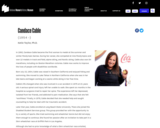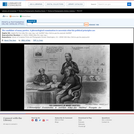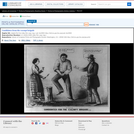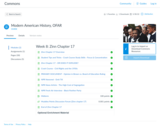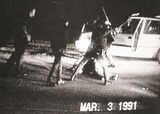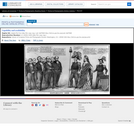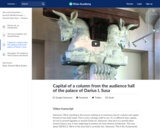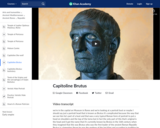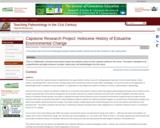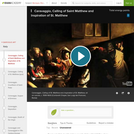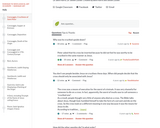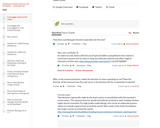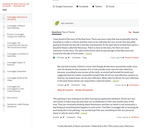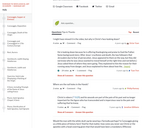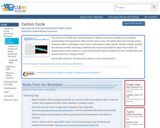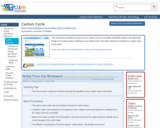
Short Description:
The eight chapters of this book encapsulate the past, present, and future of Canadian immigration and settlement. The topics, in part, cover the history of immigration to Canada through an objective lens that allows readers to learn what transpired with the settlement of specific ethnic groups, as well as address Canada’s current policies and approaches to immigration. This leads to an exploration of the challenges that newcomers to Canada and the settlement sector are encountering today. Readers and learners of settlement studies will embark on a journey of self-reflection throughout this book as they engage in many activities, quizzes, and interactions which may be self-directed or instructor led.
Long Description:
The OER textbook is an introduction to key issues in the settlement sector rather than a comprehensive exploration of this dynamic and multifaceted field. Maria MacMinn Varvos situates the history of settlement services in Canada, including a look at delivery models and perspectives. She also explores the relationship between literacy levels of women and its affect on their settlement. Alexandru Caldararu introduces and situates social justice and anti-oppressive practice in settlement worker practice. He also presents a detailed discussion on climate migration and its implications on settlement. Christina Hamer presents types of migration-related trauma and the mental health challenges many newcomers face before arriving in Canada. Rennais Gayle discusses the settlement experiences of older arriving immigrants, particularly focusing on family dynamics. In her chapter, Julie Clements provides an overview of how settlement workers can effectively navigate intercultural communication contexts. Lynn Sutankayo delves deeply into how related concepts in settlement act as a conduit towards further understanding of issues in gender, sexuality, and culture. While the textbook chapters can be read in the order presented, each chapter presents a unique issue and can also be enjoyed in non-sequential order.
Word Count: 89622
ISBN: 978-1-55195-472-1
(Note: This resource's metadata has been created automatically by reformatting and/or combining the information that the author initially provided as part of a bulk import process.)
- Subject:
- Anthropology
- Cultural Geography
- Ethnic Studies
- Social Science
- Social Work
- Material Type:
- Textbook
- Provider:
- NorQuest College
- Date Added:
- 12/21/2021
